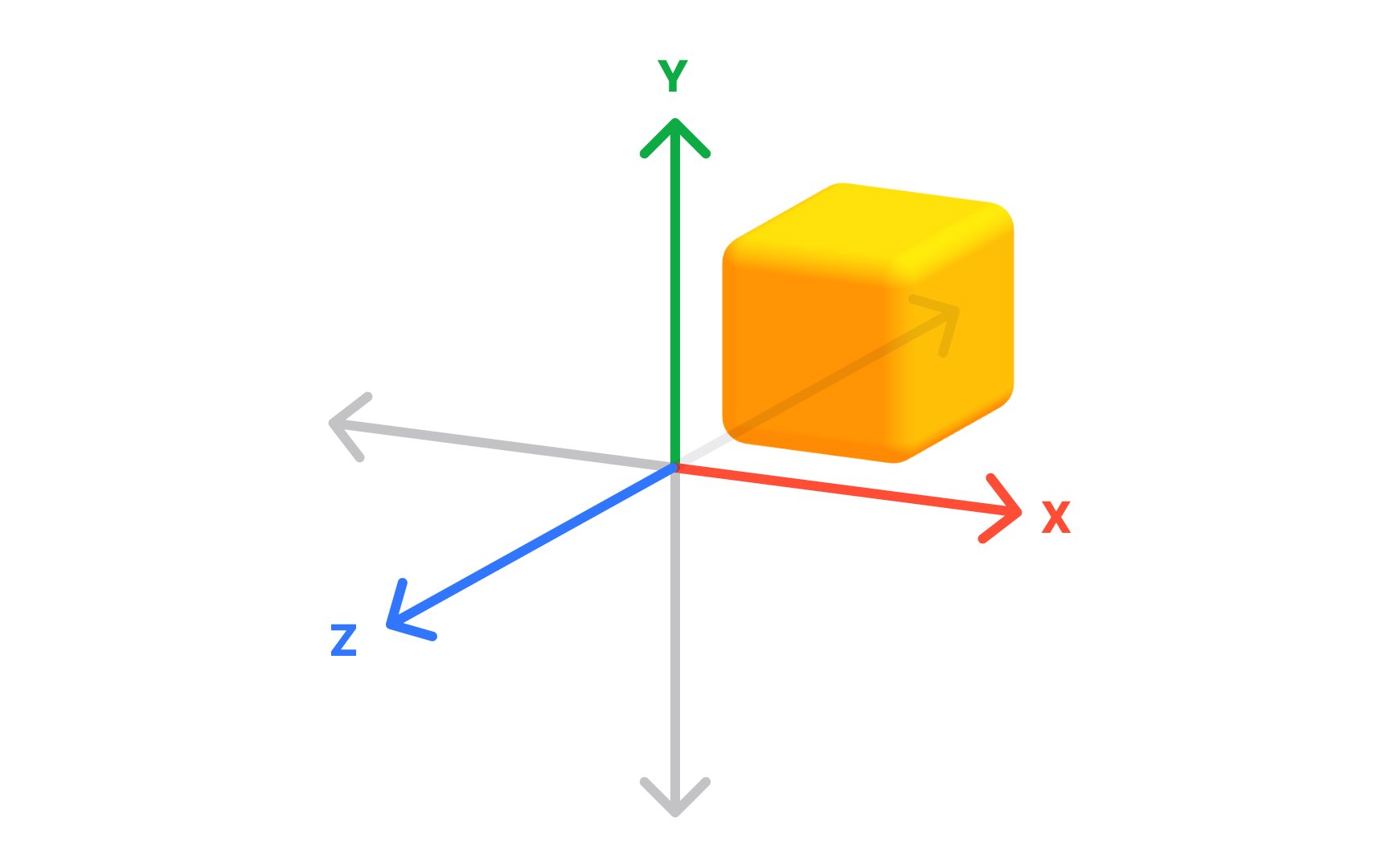Color, Space, and Time
Color is the meeting of light and the eye;
Space is the bodily sense of movement and freedom;
Time is the echo of change within the heart.
They may appear external, yet all are rooted in our perception.
To rediscover them is, in truth, to rediscover our relationship with the world—and with ourselves.
Colors
This world is a kaleidoscope of colors.
Beyond the hues crafted by human hands, the colors of nature are even more pleasing to the eye—lush green leaves, flowers woven with pink and purple, lakes shimmering with turquoise light, the boundless blue sky, and the pure white clouds drifting across it all—together forming our very first visual impression of the world.

Green, pink, purple, turquoise, sky blue, white… These colors seem to be inherent properties of things. As humans, we are skilled at naming and categorizing natural phenomena—so much so that when we think of the sky, we instinctively think “blue”; when we mention flowers, “red” immediately comes to mind.
Yet color is not the thing itself. It is a natural phenomenon—or more precisely, a phenomenon of perception. It arises both from the way materials reflect and absorb light, and from the workings of our own perceptual system.
We cannot change this way of seeing the world. Color is a bridge between us and nature—we do not perceive matter directly, but rather, we perceive the interaction between light and our eyes. In this sense, studying color is really a study of our own vision, of how we “see.”
According to modern natural science, color originates in light—specifically, the electromagnetic waves of sunlight. White sunlight is actually a mixture of multiple wavelengths of light. When passed through a prism, this light separates into a spectrum of roughly seven colors: red, orange, yellow, green, cyan, blue, and violet.
After the rain, when sunlight passes through raindrops at just the right angle, you might look up and see a colorful band arching across the sky—a rainbow. This is the visible spectrum of sunlight, naturally “split” by refraction and reflection.
Does this mean that color is part of the object itself? In a sense, yes. Color can be seen as the way a material responds to light—one of its outward expressions. But precisely because of this, we must also recognize that the existence of color depends on the encounter between light and the eye—it comes both from the object and from the mind.
Space
Space is even harder to define than color.
I tend to think of it as a sensation, rather than the “orthogonal coordinate system” we construct in our minds.

This kind of image based on three-dimensional axes is certainly clear, precise, and even carries a certain mathematical elegance. But it is merely an abstract model created by humans for convenience—it does not represent the space we actually perceive.
Real space is an innate sensation, experienced through action. It is not about distances and proportions in a visual image, but about the degree of freedom in our physical interaction with the world.
Imagine a creature without eyes—how would it “see” space? It can’t perceive light, yet it can still sense space—through movement. From the point of “self,” through “motion,” to a “perceivable” or “tangible” location—this process is the practice of space. It is not depiction, but measurement; not a drawing, but the spatial sense generated by walking itself.
So, space is not the same as “distance.” Space is a possibility of movement, a freedom of action.
We are so accustomed to understanding space through vision, coordinates, and maps, that we forget—space, in essence, is invisible. We cannot directly see space. What we see are only the arrangements and overlaps of objects within space—the perspective created by light and vision.
Thus, perhaps we can say:
- Space is the capacity that allows things to be freely arranged.
- It is the possibility that allows us to move from here to there.
- It is the trace that action leaves in the world.
Our sense of space comes from perspective, from motion, from the presence of the body, from each and every measurement from point A to point B.
Nothing more.
Of course, spatial models like the “orthogonal coordinate system” have their own aesthetic and functional value—but we must constantly remind ourselves: they are simply a concretization of feeling, a tool of thought, not the essence of space itself.
Don’t mistake the beauty of the model for the truth of reality.
Time
Likewise, time is also a kind of sensation.
Our sense of time arises because everything in the world is constantly changing.
Cars are moving, trees are swaying, leaves wither, flowers fade, and people inevitably grow old… Everything is undergoing change in its own way—a complex and profound natural phenomenon.
Precisely because of this, human beings hold a certain reverence toward “change.” We fear it, cannot control it, yet we desperately wish to understand it—to grasp it.
So, how do we make sense of change?
Just like with space, humans chose the path of measurement.
The most intuitive method is to use a known change to measure unknown changes.
For example, the rising and setting of the sun. We observed that the sun always rises at a certain time and sets at another, seemingly following a stable rhythm. Thus, we used the sun’s movement as a reference point to measure other changes in the world.

For example, when driving from Shenzhen back to Wuhan, we might experience two sunrises and two sunsets. This “two times” becomes a sense of “duration,” a rhythm that can be remembered and compared.
We call this cycle of “sunrise and sunset” a period. Although we cannot fully explain the period, we know it is very stable—indeed, it is one of the most enduring laws of nature, unchanged for billions of years.
But human exploration did not stop there. We continued to seek more precise and microscopic rhythms of change, such as the half-life of radioactive substances or the vibration frequency of atomic clocks. These allow us to measure time with greater accuracy.
These are the ways we establish order amid change and find references amid the uncontrollable.
Yet, fundamentally, time is not a line, nor the numbers on a clock face.
It is a feeling—a sensation born from the changes of all things, a feeling about rhythm and loss, memory and passing.
Chapters:
Sparking Interest (Introduction and Critical Thinking)
- Introduction
- The World, Our Eyes, and Mind
- Color, Space, and Time
- How the Brain Constructs Space and Perceives Motion
- WebGL: Bridging Virtual and Reality
- Shader: The Sculpting Knife of Pixels
Mathematical Foundations (Graphics Math)
- Coordinate Systems and Vector Basics (Cartesian and Homogeneous)
- Vectors and Matrices: Translation, Rotation, and Scaling
- Projection Matrices and Perspective Projection Principles
- Normal Vectors and Lighting Basics
- Curves, Surfaces, and Animation Interpolation
- Intuitive Linear Algebra in Graphics
Introduction to WebGL
- What is WebGL?
- Relationship Between OpenGL and WebGL
- Vertex and Fragment Shader Concepts
- GLSL Writing and Debugging Basics
- Drawing a Triangle on Canvas
- WebGL Rendering Pipeline and State Management
Three.js Fundamentals
- Creating Scenes and Renderers
- Cameras and Controls
- Geometries and Materials
- Lights and Shadows
- Animation and requestAnimationFrame
- Mouse Interaction and Raycaster
- Loading Models and Textures
